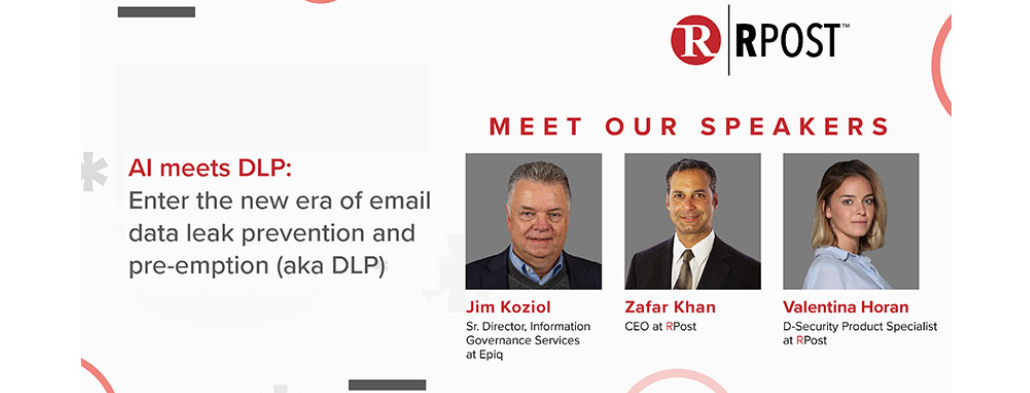While antivirus software is essential, a comprehensive data security strategy requires multi-layered solutions. Explore the products that add data security to your existing workflow, from emails to documents.
In a world navigated by data-driven technologies and interconnectedness, safeguarding integrity, confidentiality, and availability of digital information has emerged as one of the most pressing concerns. Data breaches, cyberattacks, and unauthorized access pose significant threats to personal privacy, corporate secrets, and national security.
As we delve deeper into the digital age, understanding and implementing robust data security measures has become a necessity.
Data security is the practice of protecting digital information from unauthorized access, data breaches, corruption, and other threats. It encompasses a range of techniques, technologies, and protocols that aim to ensure the confidentiality, integrity, and availability of data.
Certain sectors rely on an elevated level of data security to adhere to data protection regulations. For instance, establishments dealing with payment card data must ensure secure processing and storage of such information. Similarly, healthcare entities in the United States are obligated to safeguard Private Health Information (PHI) by the HIPAA standard.
Data security is a multi-layered concept comprising various dimensions of protection:
Modern data security solutions harness advanced technologies to provide comprehensive protection:
Creating a robust data security posture involves strategic planning and implementation:
Sophisticated Attacks: Cybercriminals continue to devise intricate methods to breach even the most advanced security systems.
Human Factor: Employees remain a significant source of data breaches through actions like poor password management or falling for phishing scams.
Third-Party Vulnerabilities: Suppliers, vendors, and partners can unknowingly introduce vulnerabilities into an organization's ecosystem.
Regulatory Landscape: Navigating complex and changing data protection regulations can be challenging for businesses.
Emerging Technologies: New technologies like AI and quantum computing pose opportunities and threats to data security.
While closely related, these terms have distinct meanings:
Global regulations like the GDPR (General Data Protection Regulation) and CCPA (California Consumer Privacy Act) have imposed stringent requirements on data security and privacy practices. These regulations mandate data breach notification, user consent, and stringent penalties for non-compliance.
While antivirus software is essential, a comprehensive data security strategy requires multi-layered solutions. Explore the products that add data security to your existing workflow, from emails to documents.
Data security focuses on protecting data integrity, while cybersecurity encompasses broader protection against digital threats.
Absolutely. Small businesses are equally vulnerable to data breaches and need robust security measures. Every business must choose and implement a data security ring that fits its budget and requirements.

Phishing | Email Security

End-to-End Encryption (E2EE) | Email Security

AI meets DLP | Email Security